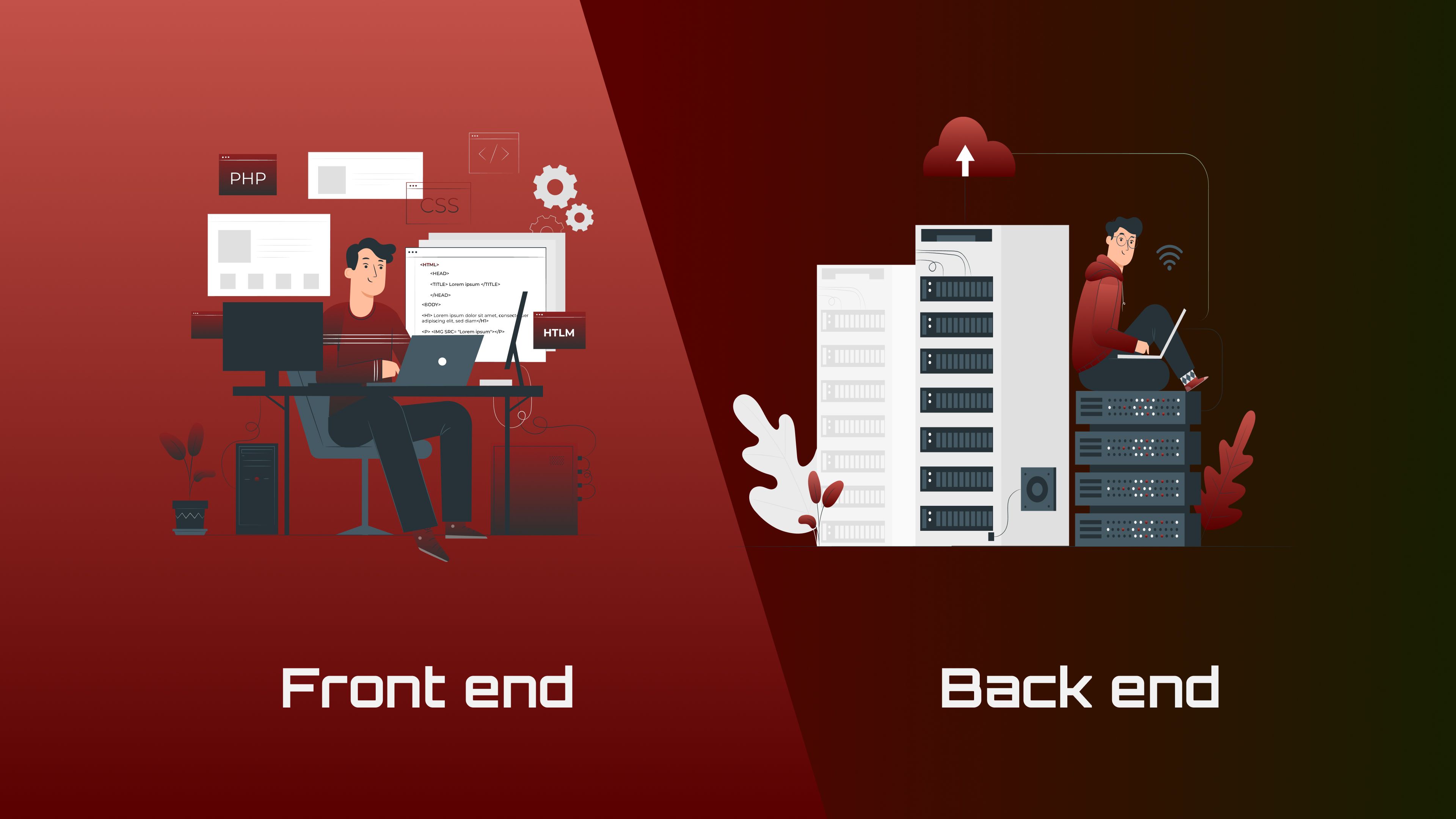As technology continues to advance, businesses are relying on more and more software to operate effectively. In the tech industry, the collection of tools and technologies a developer uses to create and run a web application is called a technology stack or tech stack.
This set of software consists of everything from the operating system and backend to the user interface and analytics. It is essential for businesses to understand what a tech stack is and how it affects their bottom line.
In this article, we'll break down what a tech stack is and what it means for your business. So, buckle up and get ready to explore the world of tech stacks.
What is a Tech Stack?
A tech stack is a collection of programming languages, frameworks, libraries, and tools used to create, deploy, and manage a software application. It encompasses both front-end and back-end components, as well as the underlying infrastructure and services required to run the application. A tech stack is crucial for the development process, as it influences the application's functionality, performance, and scalability.
A typical tech stack consists of the following layers:
-
Front-end: This layer comprises the user interface and user experience aspects of the application, including HTML, CSS, and JavaScript. In modern web development, front-end frameworks like React, Angular, or Vue.js are often used to streamline the creation of responsive and interactive user interfaces.
-
Back-end: The backend refers to the server-side logic and data processing that supports the front-end. Back-end programming languages such as Java, PHP, Ruby, or Python are used to create APIs and handle business logic. Popular back-end frameworks include Ruby on Rails, Django, and Express.js.
-
Web server: Web servers, such as Apache or Nginx, are responsible for handling incoming requests from clients and delivering the appropriate content or data in response. They play a critical role in the application's performance and security.
-
Data storage: This layer involves the management of databases and data storage solutions. Common database management systems include MySQL, PostgreSQL, and MongoDB, which can be used to store, retrieve, and manipulate data for the application.
-
Infrastructure: The underlying infrastructure includes the operating system (e.g., Linux, Windows), cloud services, and networking components that support the application's deployment, maintenance, and scaling.

The Importance of Tech Stack for Your Business
Choosing the right tech stack is crucial for your software applications' success, impacting performance, scalability, development efficiency, security, maintainability, and talent acquisition.
A well-chosen tech stack enhances performance and scalability, ensuring your software can handle growing user traffic seamlessly. It streamlines development, reducing time and costs for quicker product launches. With robust security features and regular updates, a good tech stack safeguards your application and user data. Its flexibility and modularity simplify maintenance and updates, allowing your application to adapt to new requirements.
Additionally, a modern and widely-used tech stack attracts skilled developers and boosts your company's reputation as an innovative organisation.
How to Choose the Right Tech Stack for Your Business
Selecting the right tech stack involves careful consideration of your application’s requirements, team expertise, and long-term goals. Follow these steps:
1. Identify Business Needs: Outline the type of application, required features, budget, and timeline. Consider the target audience and specific performance or security needs.
2. Understand Tech Stack Components: Familiarise yourself with frontend and backend frameworks, programming languages, servers, APIs, databases, and operating systems.
3. Evaluate Scalability, Performance, and Security: Ensure the tech stack supports growth, handles user traffic efficiently, and provides robust security.
4. Research and Compare: Investigate different tech stacks, considering their strengths, weaknesses, community support, and compatibility with your infrastructure. Popular options include LAMP, MEAN, and MERN.
5. Consult Your Team: Engage your development team or hire experienced developers to provide insights into the suitability of various tech stacks for your project.
6. Seek Expert Advice: Consult industry experts or tech consultants for additional perspectives and recommendations.
7. Test and Validate: Build a prototype or MVP to test performance and usability, identifying any issues or limitations early in the development process.
By following these steps, you can select a tech stack that aligns with your business needs, supports application performance and security, and ensures long-term success.

Top Tech Stacks for Different Types of Businesses
There is no one-size-fits-all tech stack for businesses, as each company has unique needs and goals. However, there are some popular tech stacks that are commonly used by businesses in different industries. Here are some popular tech stacks commonly used in various industries:
-
SaaS companies: SaaS businesses typically use cloud hosting from AWS or Google Cloud Platform, databases like MongoDB or MySQL, and CRM tools like HubSpot or Salesforce. Common programming languages and frameworks include Python, Node.js, and React.
-
Mobile app development: Mobile app developers often use Swift for iOS and Kotlin for Android, or cross-platform frameworks like React Native or Flutter. Backend services might be built with Node.js, Python, or Ruby, using databases like Firebase or MongoDB.
-
Web development agencies: Web development agencies may use the LAMP stack (Linux, Apache, MySQL, PHP) for server-side development and the MERN stack (MongoDB, Express, React, Node.js) for full-stack JavaScript development. Frontend technologies often include HTML, CSS, and JavaScript, with frameworks like React, Angular, or Vue.js.
-
Data-driven businesses: For businesses focused on data analytics, the tech stack might include big data tools like Hadoop, Spark, or Flink, along with databases like PostgreSQL, Cassandra, or Elasticsearch. Analytics tools such as Google Analytics, Mixpanel, or Amplitude are also commonly used for tracking and insights.
Ultimately, it's essential to research and choose a tech stack that aligns with your specific business needs and goals. Consult with your development team and consider factors such as scalability, performance, security, and ease of maintenance when making your decision. Keep in mind that there's no one perfect tech stack, and your choice will depend on your unique business requirements and resources.




